How to Spool Your Reel – Spincast, Spinning, Baitcasting
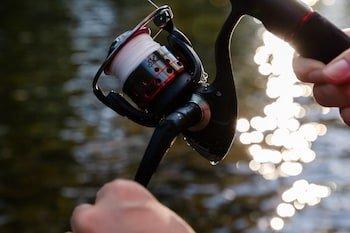
You have your new reel and it is time to put line on it, so what’s next? Many tackle stores will do it for you, but doing it yourself is a great way to adjust your line size or put new line on whenever you need to.
Doing it the right way will help you eliminate tangles, line twist, and other frustrations that can come with fishing line. Spooling a reel is a quick process once you get the hang of it, it just takes a little practice.
Line Types
Before you get started and spool your fishing reel, a decision must be made on both what line type and pound-test to use as the spooling process can vary based on these factors.
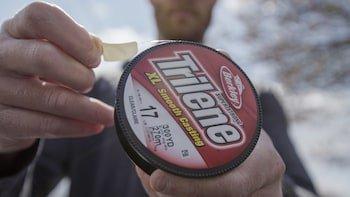
The most popular line type is monofilament or simply “mono,” and it can be found just about everywhere from big box stores to specialized fishing tackle shops. The primary benefit to this line type is that it handles well on all reel types and is also the cheapest option. The drawbacks are the durability and the fact that it will stretch over time, which can weaken the line.
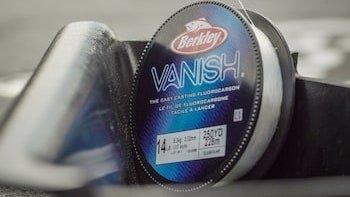
The most popular line type is monofilament or simply “mono,” and it can be found just about everywhere from big box stores to specialized fishing tackle shops. The primary benefit to this line type is that it handles well on all reel types and is also the cheapest option. The drawbacks are the durability and the fact that it will stretch over time, which can weaken the line.
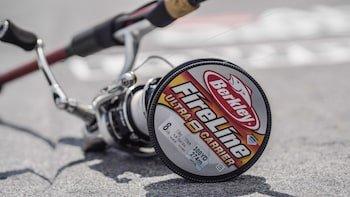
Fluorocarbon is another line type, which is virtually invisible underwater. It has less stretch than a monofilament line, it is more sensitive, and will also last longer. The biggest downside is that it is more expensive than mono.
Braided line is the third option and it has many benefits, including extreme strength for the diameter of the line. It is also much longer-lasting, but generally, it does cost more than both monofilament and fluorocarbon line. It is also more visible underneath the surface to fish, so many anglers use a braided line with a leader of monofilament or fluorocarbon to conceal your bait or lure.
Utilizing a Backing
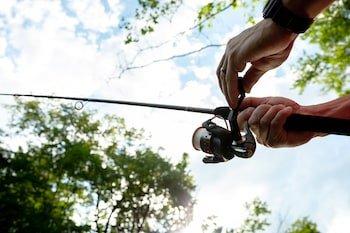
If using a higher-priced line, using what is called “backing” is a common practice. Fill the reel approximately halfway with a cheaper line or even old line before tying a knot to connect your desired fishing line. This allows you to spool your reel faster, use less line, and reduce waste while also saving money.
The line capacity of fishing reels are generally much more than a typical cast length, so even with the most experienced fishermen with the best casting conditions, the line on the bottom half of the spool never sees the light of day, so the use of backing is just fine.
Spooling a Baitcast Reel
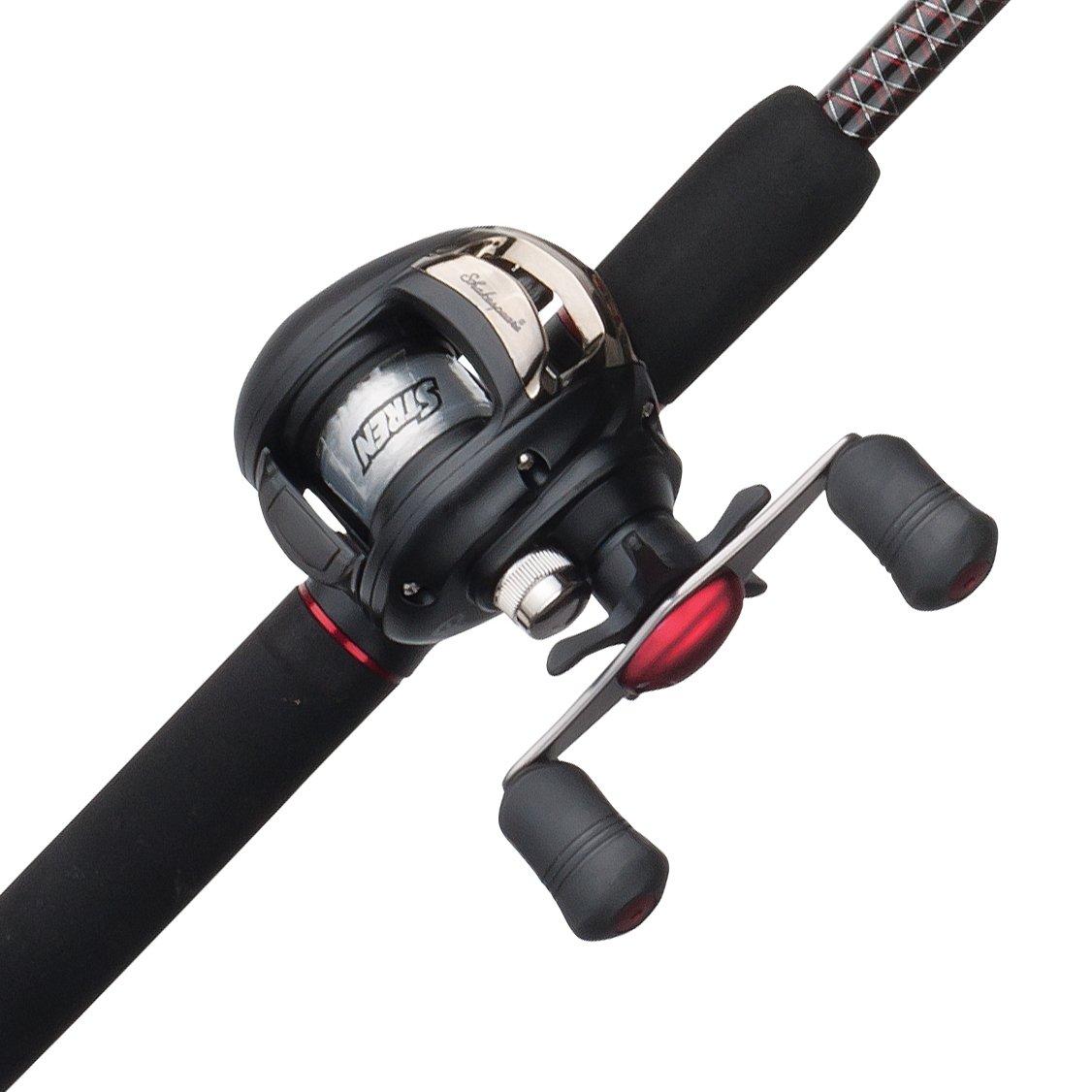
When spooling a baitcast reel, one of the most important things to keep in mind is maintaining tension as you add line to the reel. This will help to keep the line even and the tight on the spool, which will significantly help with casting and overall reel performance.
There are several specially designed line spooling stations on the market, such as the Berkley® Portable Spooling Station and Mini Line Spooler. These products make it quick and easy to spool without assistance from another person.
One of the easiest ways to spool can be done with a pen, pencil, or a screwdriver if you have a helper. Put the object through the hole in the spool of line and have the other person hold both sides while you reel the new line onto your reel.
Again, keep tension tight either by having your helper pinch close to the spool with the fingers to create some resistance. You can also do this by holding the line tight several inches in front of your reel while reeling the line onto your reel with your other hand.
The great debate on adding line to a baitcast reel is whether the line should come over or under the spool as it comes off. It is similar to whether you prefer toilet paper coming over or under, and there may not be a wrong answer.
Anglers will stand by their preference on both sides of that argument, but the most common thinking is that the line should go onto the reel spool the same way it was added during manufacturing to reduce any unwanted curling, thus having the line come over the top of the spool is the most popular method for monofilament and fluorocarbon lines.
For braided line, it truly doesn’t matter what way it comes off of your spool due to the limp properties of these lines. Keeping tension is vital to spooling the right way and braided line also necessitates backing. This is also due to the limpness of the line. Not using a backing, or at least a small piece of electrical tape to keep it secure can create slippage during use.
The final factor to keep in mind when spooling a baitcast reel is to decide how much to add. Not adding enough can reduce cast length and adding too much can make it more difficult to cast. Generally, it would help if you had approximately 1/8” of the spool visible and without line. This will help to get long casts, and it will still be enough line as you continually start to lose bits of line as you retie lures.
Spooling a Spinning Reel
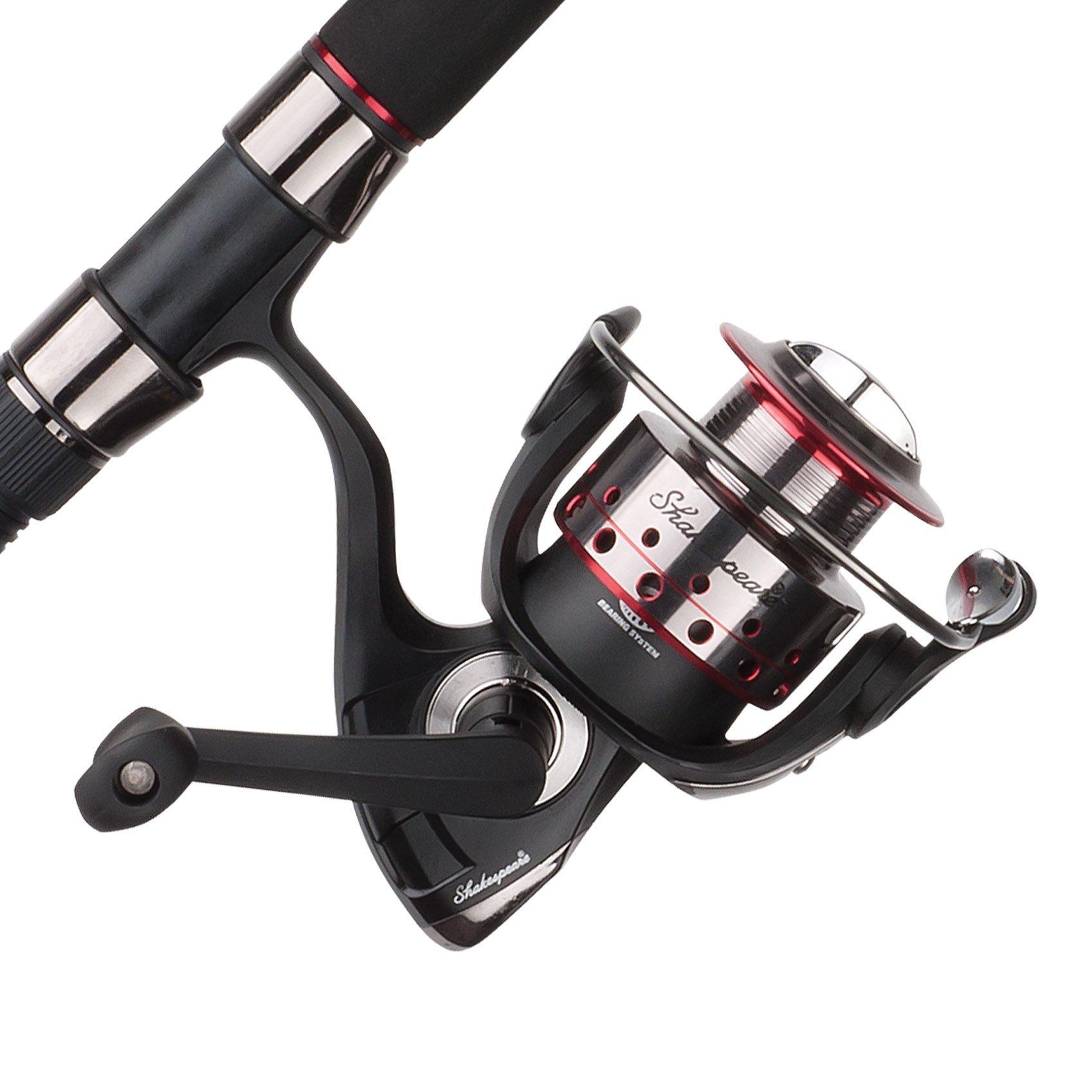
When adding line to a spinning reel, the easiest way to add new line is to place the spool on the ground with the label facing up. This allows the line to come off of the spool of line in a clockwise manner and then be reeled onto the reel in the same direction.
Doing this will help to reduce line memory and will make it more manageable. Also, like spooling a baitcast reel, keeping tension on the line is crucial. This dramatically helps with casting and preventing any tangles or loops developing, which are often called wind knots.
Deciding how much line to add often comes down to personal preference and even the specific spinning reel you are spooling. Some reels have a slight angle or “lip” on the spool and that point where it starts should be the maximum amount of line you add. For most reels, the same 1/8” of space remaining on your spool is an excellent place to start. Like baitcast reels, not adding enough line can significantly affect your casting distance.
Spooling a Spincast Reel
Spincast reels, also sometimes called “push button” or “closed faced” reels, are straightforward to add line. Follow the same general practices as spooling a spinning reel to keep tension during spooling.
One significant difference with these reels is that the top of the reel must come off before you can tie your new line to the spool and start to spool your reel. Like the other reel types, do not overfill or underfill the reel as it can affect the performance.
Spooling a reel takes a little getting used to, but once mastered, you can ensure that you always have fresh line on your reels. This will ensure that you land that big fish once you get it to bite.